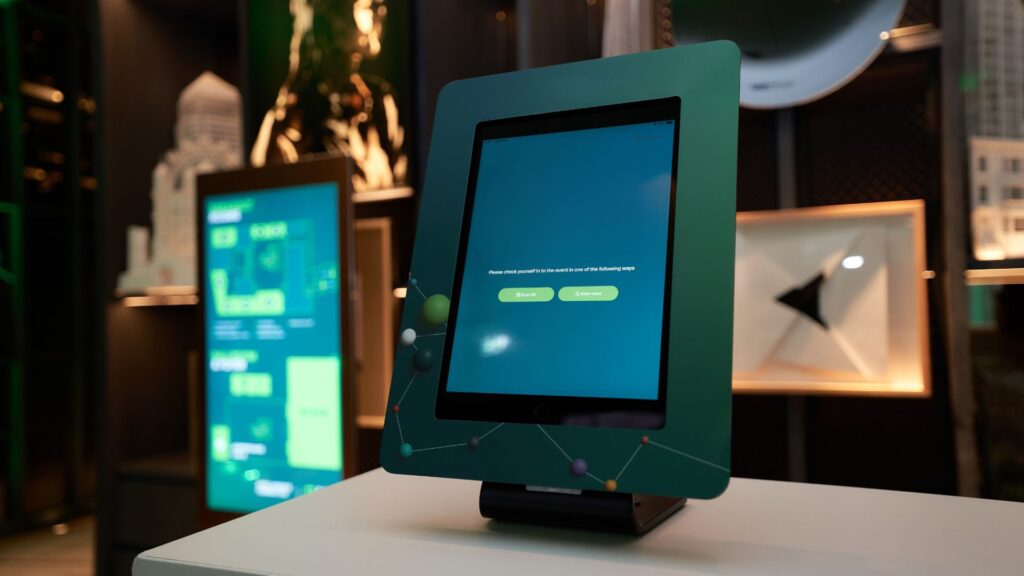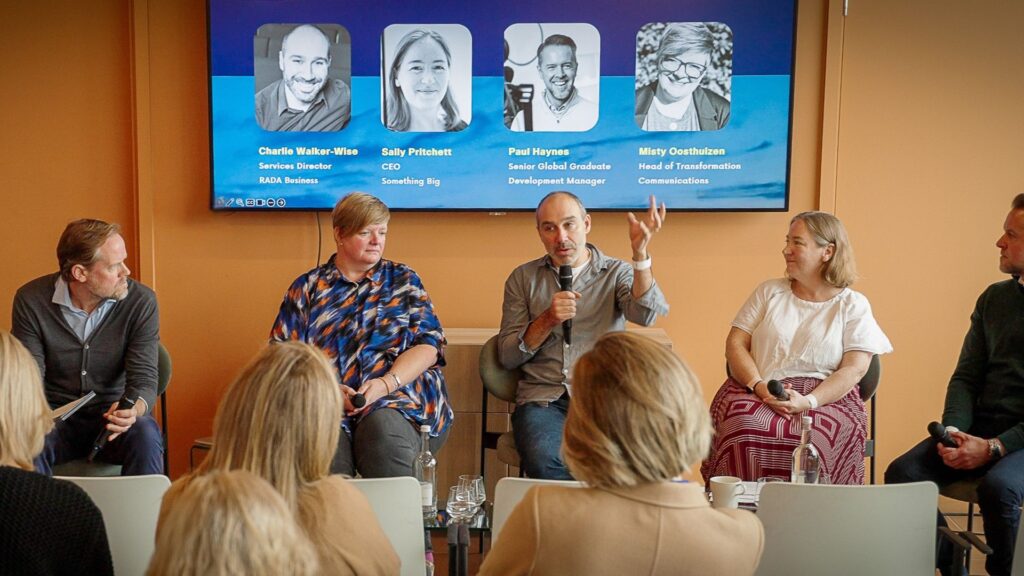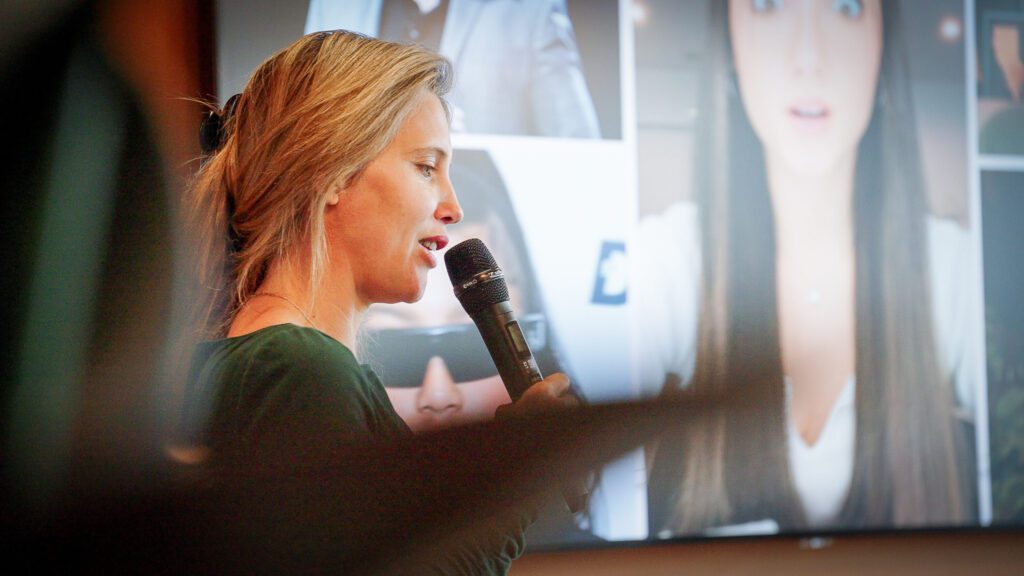Message from MD 2025
Eight Ways Your Event Website Can Drive Engagement

Provide attendees with a bespoke, seamless event experience with a digital hub for your event — home to everything from registration, and schedules, to live content and feedback. An event hub, in the form of a website and/or app, is an indispensable tool to maximise engagement and communications and can serve several functions:
1. Driving registration and sponsorship through SEO and on-site marketing materials.
2. Storing essential information such as agendas, speaker profiles, venue maps, FAQs, and session descriptions, for your attendees to access at any time.
3. Streamlining registration and ticketing with secure payment gateways.
4. Networking through on-site clubs, group chats, photo sharing, and appointment bookings or scannable QR codes.
5. Enhancing attendee engagement and interaction with features like live polling, Q&A sessions, challenges, and real-time feedback.
6. Streaming the event to a virtual audience.
7. Data collection on behaviour, preferences, and feedback.
8. Extending the lifecycle of the event through a content hub that can be accessed post-event.
So what are the best approaches to achieve results like these?

User Experience and functionality
Ensuring the website or app is designed to be user friendly is crucial. This could be done through clear menus and straightforward navigation to key information. An intuitive menu means that users can eaisily find what they are looking for. Users can tailor their event experience by adding different content sessions to their very own schedule, and utilise AI to receive generated sessions based on interests, needs, and job roles.
Your platform should also be optimised to respond seamlessly across both desktop and mobile devices, and load fast across these.
Incorporating accessibility features such as screen reader compatibility, captioning on livestreams, alt text, and high contrast colour schemes means your platform will be inclusive to a wider audience.
Secure registration, payment systems, and data collection is integral in line with GDPR compliance, so ensure your web developer can provide this.
Promotion and conversion
Using search engine optimisation techniques such as key words, link building, and press releases, will boost your event’s ranking in search engines. Encourage attendees to share the event with integrated sharing buttons, linked hashtags and live feeds, and sharable content such as a digital badge.
Particularly for ongoing or repeat event series, investing in marketing materials to go on the site such as videography, photography, and a feedback portal can drive registration.
The interface of the platform should be designed with your event identity in mind, utilising branding techniques such as logos, colours, and imagery. Your homepage is the first impression people have of your website and ultimately determines whether they are going to stick around or not.
Creating a high converting homepage often involves combining these elements:
1. A compelling and concise headline with a clear value proposition that captures attention
2. Visually appealing elements such as event photography and videography
3. Prominent call to actions (CTAs) across various touch points and streamlined, easy to find contact and registration options
4. Trust signals such as positive feedback from attendees, awards, and certifications
5. Social proof such as number of attendees
6. Benefit-oriented copy focused on the user’s pain points and the event’s offering

Interactivity
With an online hub that reflects an engaging and memorable event, attending should be a no-brainer. Do this not only through sleek branding, but also through on site interactivity. An event website is another opportunity for attendees to make the most of networking and foster connections through clubs, interactive challenges, and appointment scheduling. Challenges can include earning points for using app features, and meeting with exhibitors or to integrate a wellbeing initiative such as a step leaderboard. Engaging content can also extend the lifespan of your event through post event content recaps, downloadable resources, recorded sessions, live streaming, Q&A’s and polling all in one hub.
Your event website is also a great home to collect data and feedback via surveys whether to cater to audience needs pre-event, or to collect testimonials post event.
Sustainability
Going digital negates the need for a lot of single use items such as seating plans, contact badges, invites, maps, and agendas. This not only reduces wasteful printing, but allows for easier updates and changes. You can further promote sustainability by encouraging attendees to take digital notes with an note-taking tool within the platform or incentivising public transport with maps from the nearest train and tube stations on the site. A virtual element where the event is streamed offers an option for attendees to reduce travel footprints while reaching a global audience.
When choosing a web hosting service, opt for an eco friendly option. For example, Broadsword’s website is powered 100% by renewable energy sources such as wind and sun.
Related insights

Engage and Lead Through Change: How to Communicate with Intention

